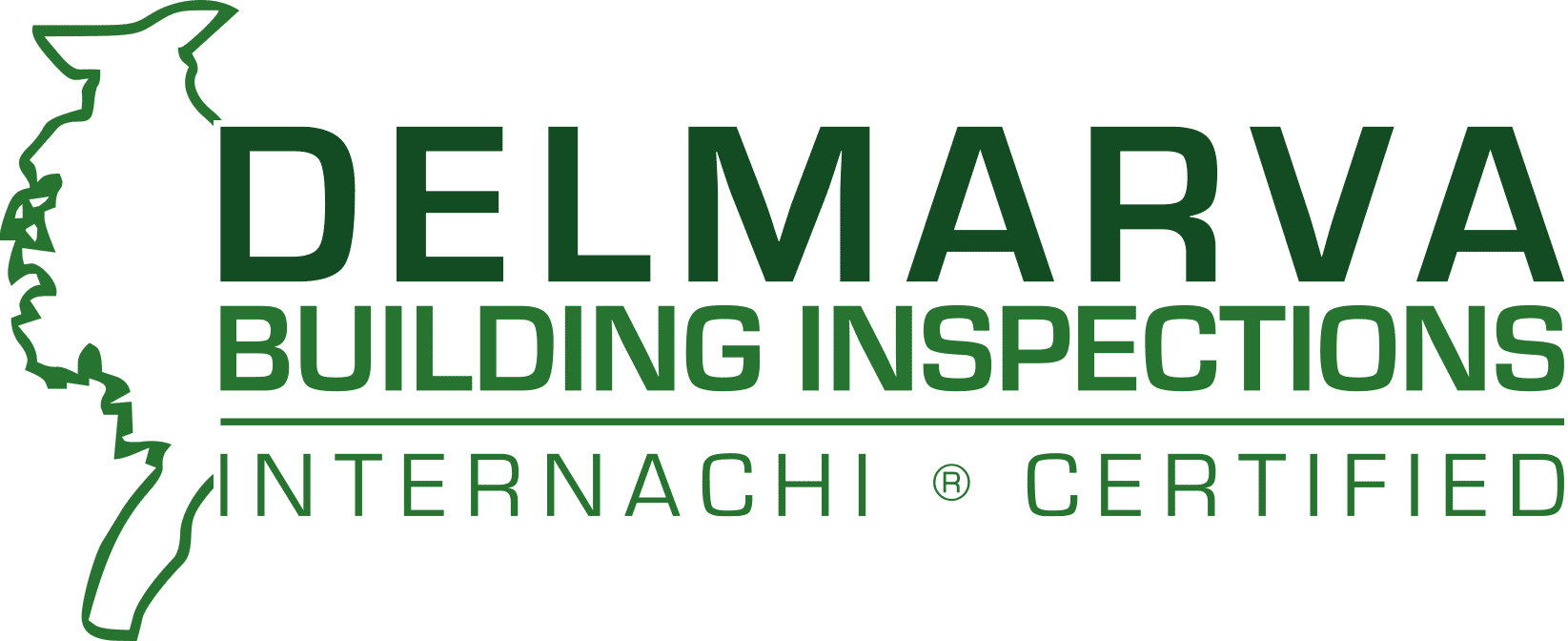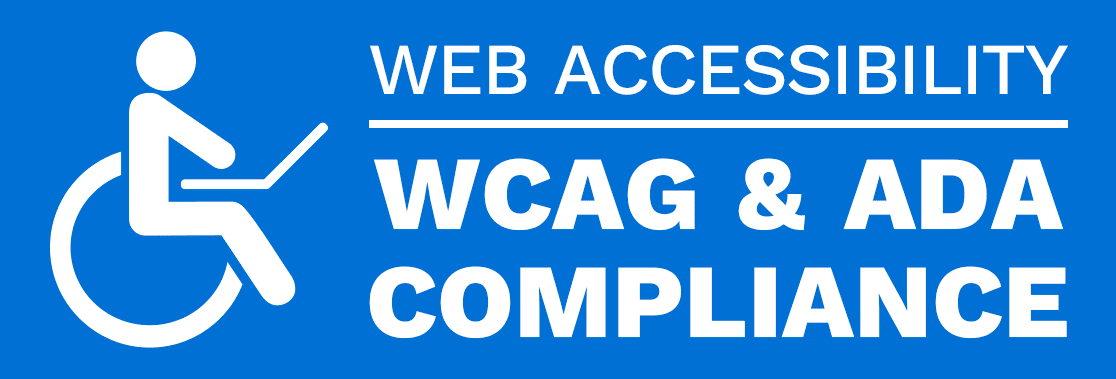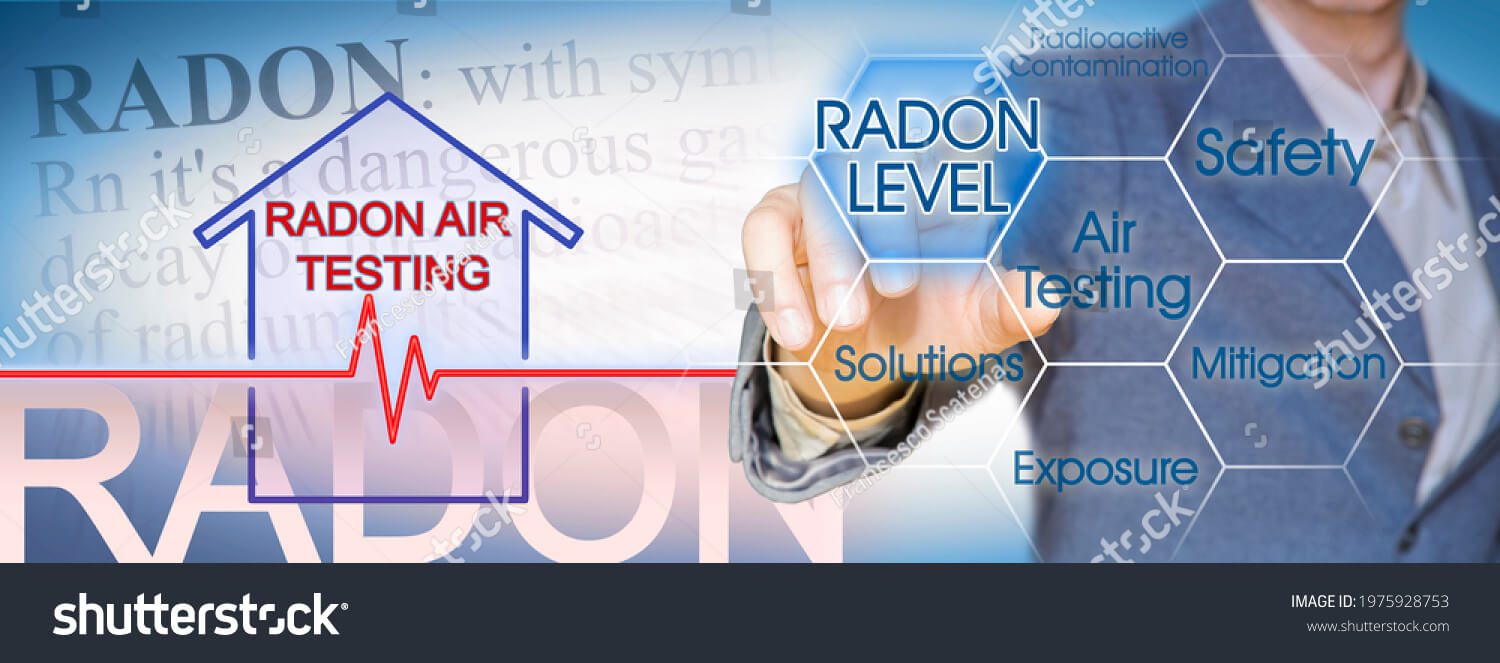Why Do So Few People Know About Radon Testing?
Radon has received increased attention in recent years, but it is still not widely known among the general public. This may be because radon is odorless and invisible. People must be aware of its presence in their homes or workplaces. Radon does not cause immediate symptoms or health effects. That’s why you don’t see it as an immediate threat. However, long-term exposure to radon can increase the risk of lung cancer, which is a serious health concern.
Another reason for the low awareness of radon is that it is a relatively recent discovery. Although radon was first identified in the late 19th century, its connection to lung cancer was not recognized until the 1950s. In addition, radon testing and mitigation technologies were developed in the past few decades. There is still a learning curve for homeowners, builders, and even some health professionals.
Awareness Efforts Have Increased In Recent Years Along With Radon Testing
In recent years, efforts to increase awareness of radon and its potential health risks. Government agencies, nonprofit organizations, and other groups have launched public education campaigns and provided resources to help people test and mitigate radon in their homes. However, more work is needed to ensure everyone knows the risks associated with radon. We need to take appropriate steps to protect themselves and their families.
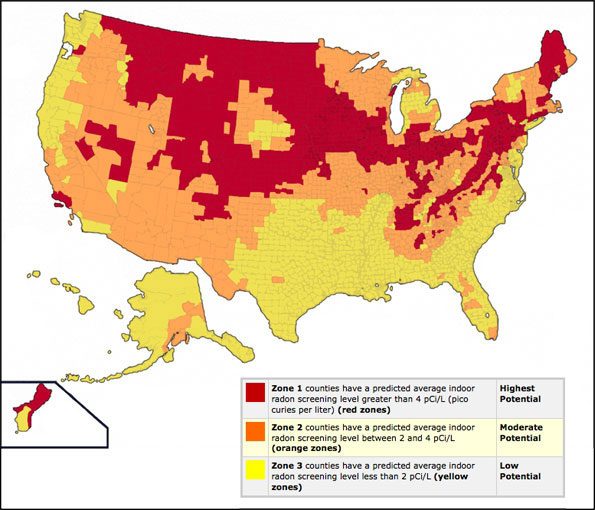
How Do Professionals Test For Radon?
Radon professionals typically use specialized equipment to test for radon in buildings. There are two main types of radon tests: short-term and long-term. Short-term tests usually take two to seven days to complete. It involves placing a small, battery-powered device called a radon detector in the lowest livable area of the building. The detector measures the level of radon in the air and provides a reading when the test is finished.
Long-term tests are more accurate and measure radon levels over 90 days to one year. These tests typically get conducted using a device called an alpha track detector, which records the amount of radiation emitted by the decay of radon gas. As a result, long-term tests can provide a more accurate picture of average radon levels in a building, as they account for fluctuations that can occur over time.
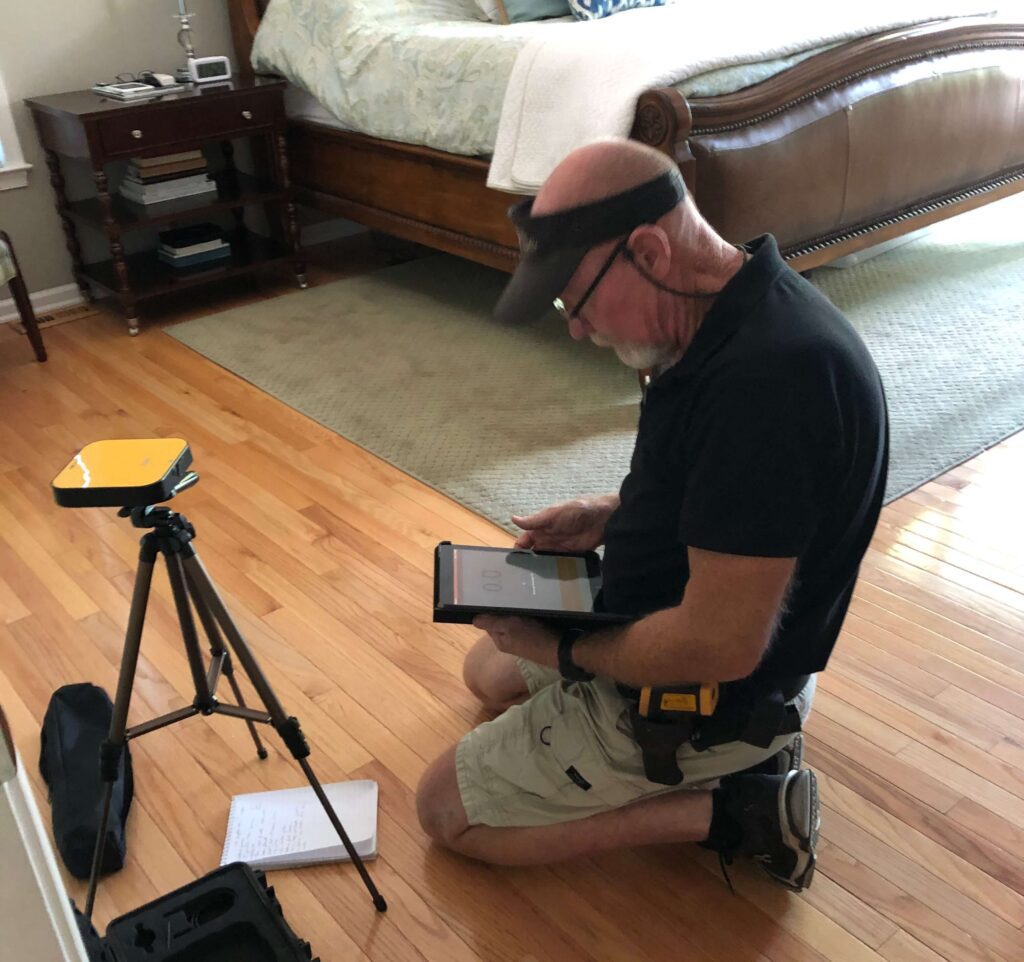
Additional Tests May Get Conducted To Determine The Sorce
Radon professionals may also conduct additional tests to determine the source of radon in a building or to assess the effectiveness of a radon mitigation system. These tests may involve sealing cracks or holes in the foundation, installing a ventilation system, or other methods of reducing radon levels. Therefore, hire a qualified radon professional who is trained and certified in radon measurement and mitigation. The U.S. Environmental Protection Agency (EPA) maintains a list of state and national radon certification programs, as well as a directory of qualified radon professionals.
Need A Mold Inspection? Call Today
Is Radon More Prominent In One Area?
Radon is a naturally occurring gas that is present worldwide, but some areas may have higher concentrations of radon than others. The concentration of radon can vary depending on an area’s geology and soil composition. Other factors are building construction and ventilation.
In the United States, the EPA has developed a radon potential map that shows which areas of the country are most likely to have elevated levels of radon. The map is based on data from radon tests conducted in homes and other buildings across the country. Areas with the highest radon potential are typically located in the upper Midwest, mountainous regions of the West, and parts of the Northeast. However, radon levels can vary widely even within a given region, so test for radon in any building, regardless of location.
Test Results May Vary In The Same Area
Radon levels can vary significantly between neighboring buildings, even if they are located in the same area. In addition, factors such as building design, construction materials, and ventilation can all impact radon levels in a building. Therefore, test each building to determine its radon levels and take appropriate steps to mitigate elevated levels if necessary.
How To Find A Company That Provides Radon Testing In My Home Or Business
To find a company that can test for radon in your home or business, you can start by checking the U.S. Environmental Protection Agency’s (EPA) list of state and national radon certification programs. These programs certify qualified radon professionals to test for and mitigate radon. You can also check the National Radon Proficiency Program (NRPP) and the National Radon Safety Board (NRSB) for certified professionals in your area.
Old Home? Need An Asbestos Inspection?
When selecting a radon testing company, consider the following:
- Certification: Look for a company certified by a recognized program, such as NRPP or NRSB, and has qualified professionals on staff.
- Experience: Choose a company with experience in radon testing and mitigation, especially in your local area.
- Reputation: Check online reviews and ask for references from past clients to gauge the company’s reputation and customer service.
- Services offered: Make sure the company offers the type of testing you need, such as short-term or long-term testing, and can provide recommendations for mitigating elevated radon levels if necessary.
- Cost: Compare the cost of testing services from different companies and choose one that provides a fair price for the services offered.
Delmarva Inspections Group Can Provide You With An Accurate Radon Test
Once you have identified a few potential companies, contact them to ask about their services, pricing, and availability. Also, be sure to ask any questions you may have about the testing process and what to expect. A reputable radon testing company will happily answer your questions and help you understand the process. With that said, Delmarva Inspections Group can provide you with the radon inspection you need for your home or business. Call us today, and you’ll get the service you always deserve.
